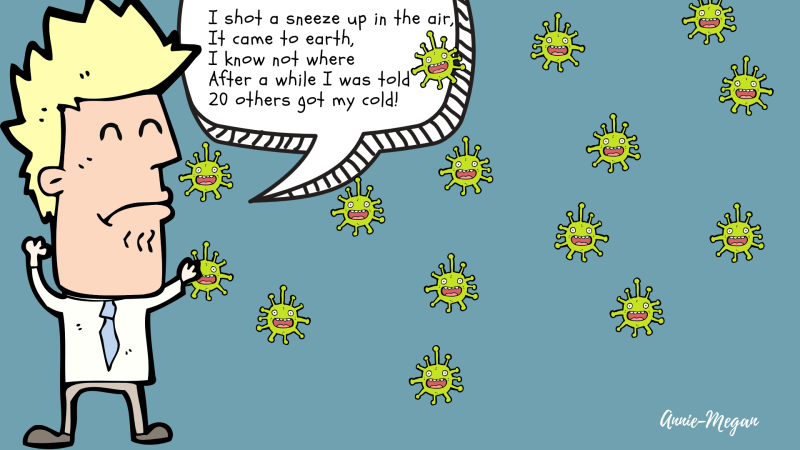
The viruses, notoriously known for the seasonal flu and deadly diseases like AIDS, are the smallest of all the microorganisms. As potent they may be, the intriguing part about viruses is they are inactive when outside a living cell! They become active and multiply only when they enter and infect a living cell. But, unlike how our cells replicate, cell division in viruses is a unique process.
The process of cell division is a regulated phenomenon where many enzymes—protein molecules that speed up the chemical reactions inside a cell—put their act together. The genetic material, or the genome, which passes on hereditary traits to the subsequent generations, replicates itself and eventually one cell divides into two—both being exact replicas of each other with the same genetic material.
The genome is of two types—deoxyribonucleic acid (DNA) and ribonucleic acid (RNA). Both contain nitrogen-containing molecules, called nucleotides, that act as the building blocks. In the DNA, they are Adenine. Thymine, Cytosine and Guanine and in the RNA, Uracil replaces Thymine. These nucleotides, are linked by hydrogen bonds and form a structure akin to a beaded chain, where the beads are the nucleotides, and the chain connecting them is the hydrogen bonds. While most viruses have DNA as their genome, there are a few with RNA. The nucleotides, when arranged in a particular order, produce proteins required for the normal functioning and survival of the living cell.
Viruses generally have an outer protein covering called capsid, which envelopes its genetic material. They multiply only in a host cell, and during this process, the capsid attaches itself to the host cell, letting only the viral genome into the cell. This genome then incorporates into the host genome and hijacks the cell mechanism. It also suppresses the natural cell defences of the host cell and starts making copies of the viral genome and viral proteins. These viral products are then assembled inside the host cell to form virions—viruses capable of infecting other cells after their release. The last stage of viral infection is the release of the virions, either by destructing the host cell or by budding, where the host cell remains intact.





